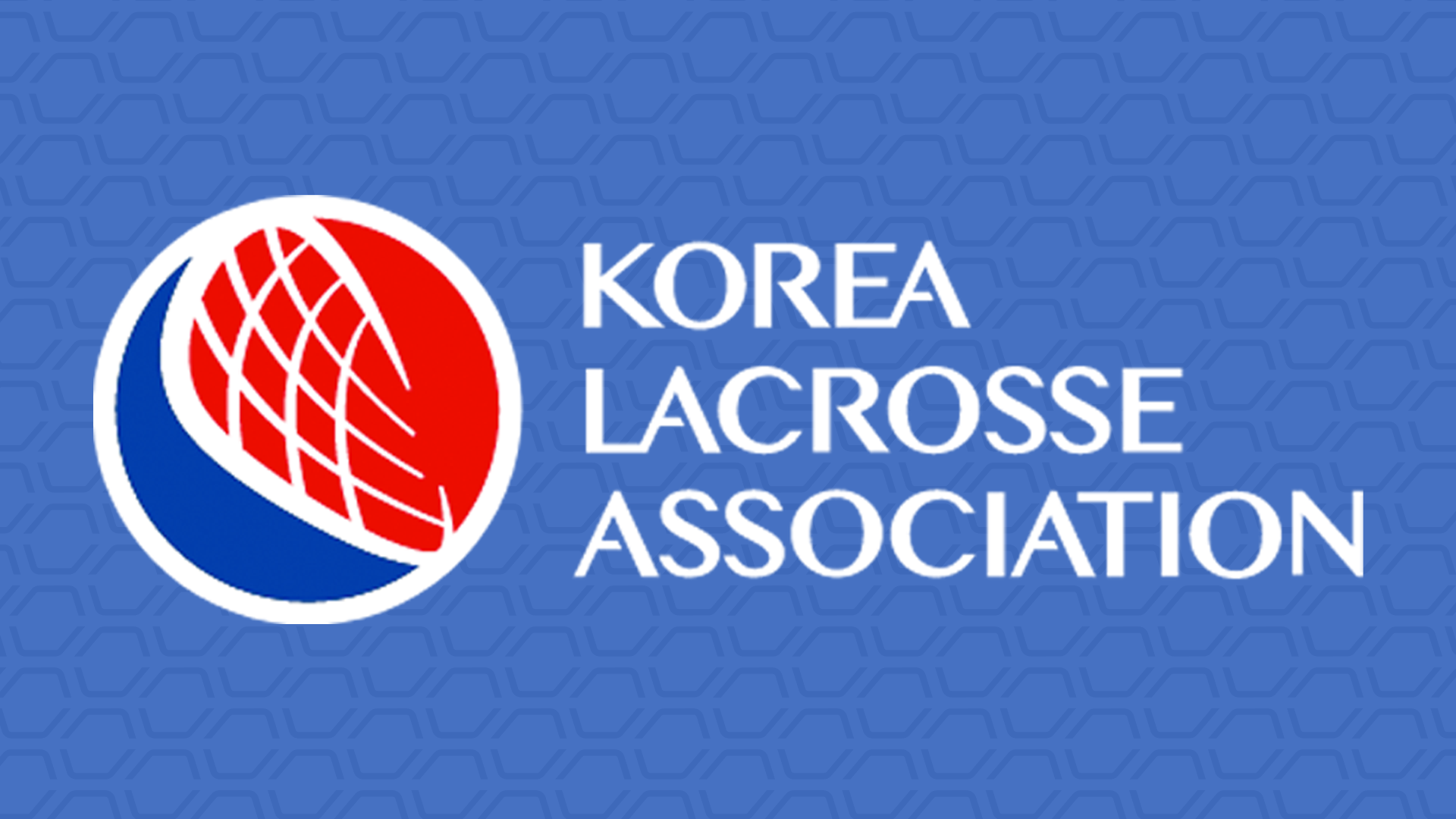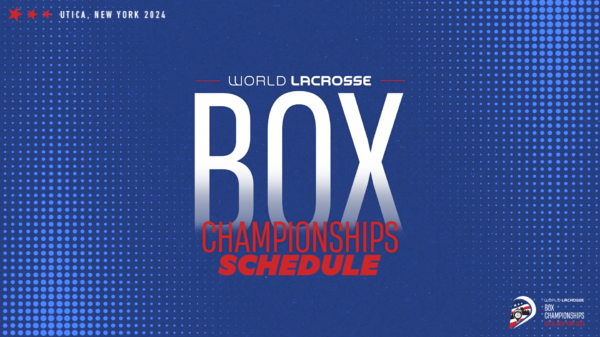Korea created a six-on-six outdoor lacrosse league before World Lacrosse even released its rulebook and guidelines on lacrosse’s new discipline. It was a leap into the unknown for an adventurous organization.
The game mostly looked like field lacrosse – there were face-offs and no shot clocks – but a smaller field. It was Korea Lacrosse’s best guess at what sixes would like, born out of a desire to get ahead in an ultra-competitive region at a crucial time in the organization’s life stage.
Korea Lacrosse is 20 years old and has primarily focused on field lacrosse with men’s and women’s teams. The women’s team has appeared in four world championships since 2009 and the men’s team will be making its sixth world championship appearance in San Diego in June after first participating in 2002.
Like other National Governing Bodies with similar timelines, Korea is an established team on the international stage, but wants to make the leap toward consistently challenging the top nations that have accumulated experience and infrastructure.
Korea has organized lacrosse at the high school, club and college levels with multiple domestic leagues. The governing body has focused on the high school and club level, where there is the most participation, but understands the need for youth development.
From there came the idea to focus on sixes, ahead of schedule, because of the discipline’s versatility and accessibility. So Korea turned one of its signature competitions, a national summer league, into a sixes event as a test case.
“We thought the league could be a test to get ahead of the innovation curve but getting to the why was very important to our administration,” said Hyunjoon Park, a board member for Korea Lacrosse. “The Olympic inclusion vision was a key. Sixes optimizes excitement, easier access and speed of the game, and that aligned with our goals.”
Korea was interested to see how players reacted, and they were eager to play. The athletes always wanted more playing opportunities, and sixes additionally fit in with their penchant for finding smaller spaces to compete.
The initial league had 10 teams and within a year another four teams were added due to increased demand. When World Lacrosse released an official sixes rulebook, the league’s standard of play increased even more.
“It was easier to get mental and emotional buy-in from players, coaches and referees to execute the game itself,” said Park. “We took the rules and ran with it.”
Despite a successful start, the COVID-19 pandemic and its continued fallout was a significant roadblock for Korea, as it has been for many countries where field space and practice time are premiums. But the league has already made Korea a key figure in the sixes movement with years of experience to lean on.
“Now a whole community is aware of this format, as this league is one of the most popular competitions in Korea,” said Park. “A substantial portion of our base now has sixes experience and in five years, we want 90 percent of our base to have that involvement through a strong youth program. Sixes will be an integral part of Korea Lacrosse.”
The two pillars of youth development and sixes participation go hand-in-hand with Korea’s third goal of increased sixes international competition. Korea wants a formidable national team at both the continental and global level.
Korea recently hosted the successful Asia-Pacific Lacrosse Union men’s world championship qualifier for field lacrosse in October that reflected the intense investments in the sport around the region. Korea is inspired by tremendous growth in recent years from teams like Hong Kong, Chinese Taipei and China and the staying power of countries such as Japan and Australia, which compete at the top level already.
“The qualifier was a successful tournament for the growth of the future of lacrosse,” said Park. “We want to seek as many opportunities as possible to collaborate with other NGBs to make our inspiration tangible.”
Korea will have its chance with sixes with an APLU tournament scheduled for the end of 2023. Korea Lacrosse has already been a vocal leader around sixes by sharing its findings and best practices with the global community. Park believes the buzz from successful sixes events like The World Games and Germany’s Sixes Nations Cup helps everyone stay invested, and it feeds back energy into growing the game domestically.
Sixes’ accessibility can also help grow the pool of active members who compete internationally, and Korea believes that events like a regional sixes tournament can play a vital role.
“APLU is at a critical time with accelerating growth in competition and membership,” said Park. “We want new members who have not competed yet to cross that threshold, and once they do so, we can collectively work to retain them. This tournament is an exciting open door for those NGBs to hit the ground running.”
Going forward, Korea’s continued goal for sixes is consistent messaging. Its athletes will be creative to find ways to play, and driving them, as well as coaches and officials, toward organic buy-in is paramount.
The players’ biggest takeaways from the sixes league were that they enjoyed the speed of the game and having to be versatile athletes in multiple phases. The smaller space drives them to be creative, think faster, move off the ball and employ vision of the full field. Korea Lacrosse has found these impressions to line up with others across the global community, like the recent reactions from an Athletes Unlimited exhibition in the United States.
“Sixes is modern, highly accessible and packed with dynamic action,” concluded Park. “At Korea Lacrosse we are optimistic about its progress and believe that it will lead to an enriched future for our lacrosse players.”






